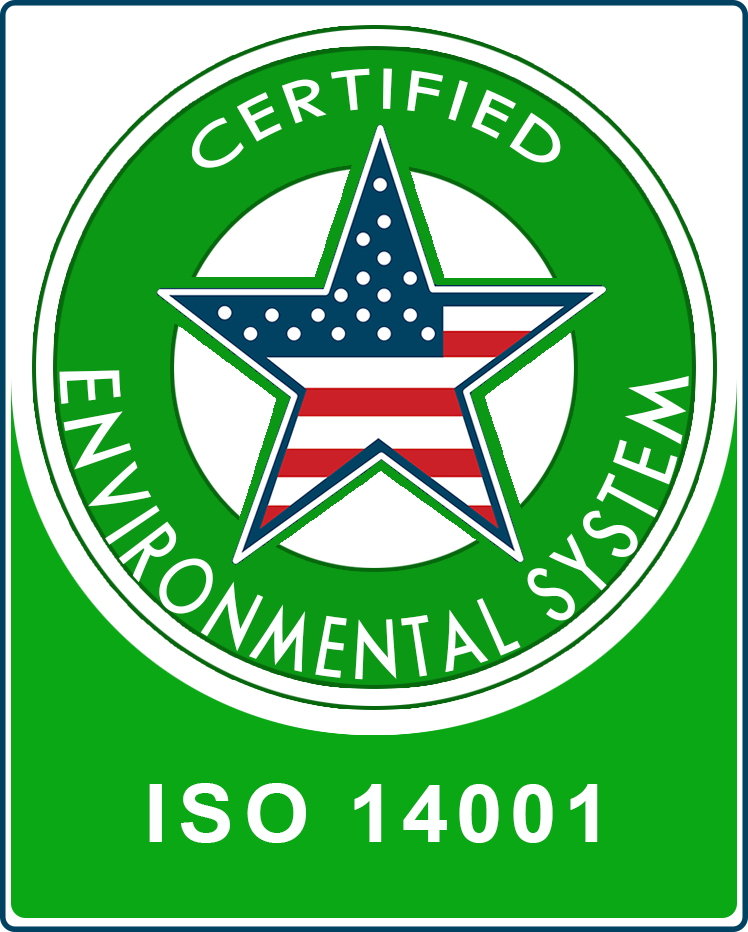ISO 14001:2015
Environmental Management System
Standard Overview
ISO 14001 is the international standard that specifies requirements for an effective environmental management system (EMS). It provides a framework that an organization can follow, rather than establishing environmental performance requirements.
Part of the ISO 14000 family of standards on environmental management, ISO 14001 is a voluntary standard that organizations can certify to. Integrating it with other management systems standards, most commonly ISO 9001, can further assist in accomplishing organizational goals.
The International Organization for Standardization (ISO) defines an environmental management system as “part of the management system used to manage environmental aspects, fulfill compliance obligations, and address risks and opportunities.” The framework in the ISO 14001 standard can be used within a plan-do-check-act (PDCA) approach to continuous improvement.
ISO 14001:2015 should be used by any organization that wishes to set up, improve, or maintain an environmental management system to conform with its established environmental policy and requirements. The requirements of the standard can be incorporated into any environmental management system, the extent to which is determined by several factors including the organization’s industry, environmental policy, products and service offerings, and location.
ISO 14001:2015 is relevant to all organizations, regardless of size, location, sector, or industry.
At the highest level, ISO 14001:2015 covers the following topics with regard to environmental management systems:
- Context of the organization
- Leadership
- Planning
- Support
- Operation
- Performance evaluation
- Improvement
Certification Benefits
Using ISO 14001:2015 has many benefits for organizations with environmental management systems. Organizations and companies find that using the standard helps them:
- Improve resource efficiency.
- Reduce waste.
- Drive down costs.
- Provide assurance that environmental impact is being measured.
- Gain competitive advantage in supply chain design.
- Increase new business opportunities.
- Meet legal obligations.
- Increase stakeholder and customer trust.
- Improve overall environmental impact.
- Manage environmental obligations with consistency.
Certification Requirements
Within the standard there are numerous elements of ISO 14001 that are required to be met by organizations seeking formal recognition for their EMS. General requirements include:
- Development of an environmental policythat reflects an organization’s commitments.
- The appointment of a person(s) responsible for the EMS's coordination.
- Identification of how the organization interacts with the environment.
- Identification of actual and potential environmental impacts.
- Identification of environmental compliance
- Establishment of environmental objectives, targets, and programs.
- Monitoring and measurement of the progress to achieve its objectives.
- Reviewing the system and environmental performance.
- Continuous improvement of the organization’s environmental performance.



